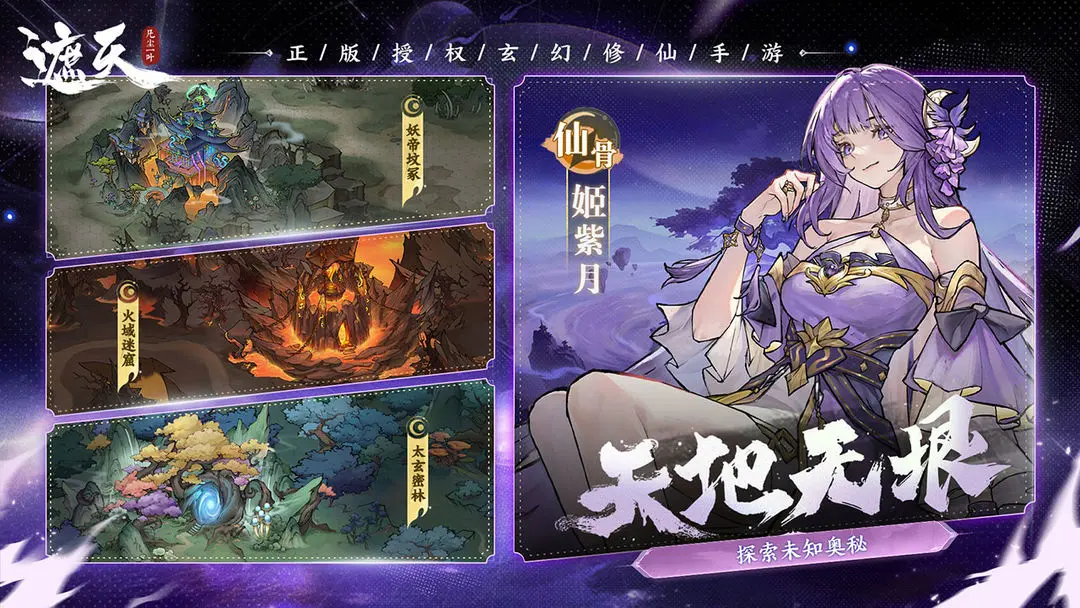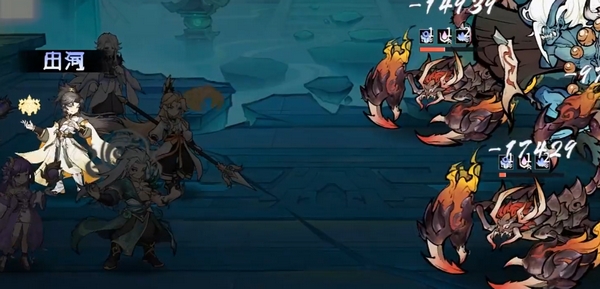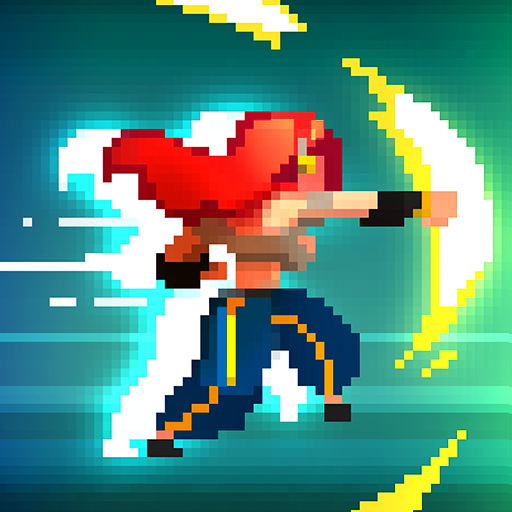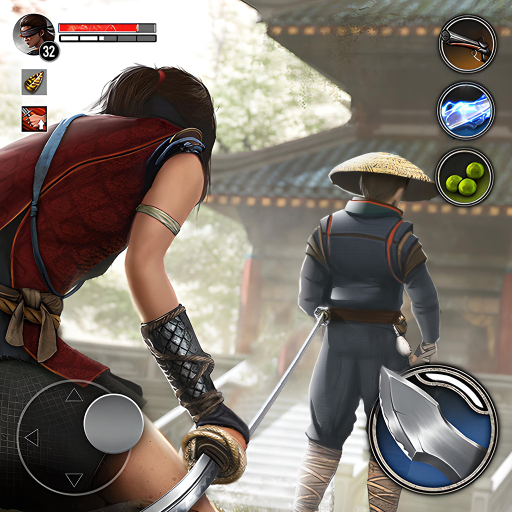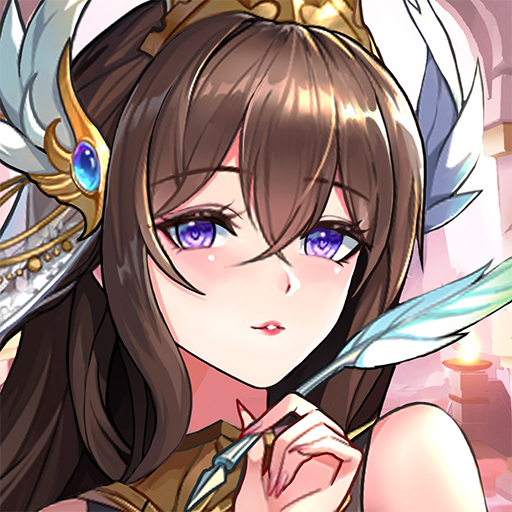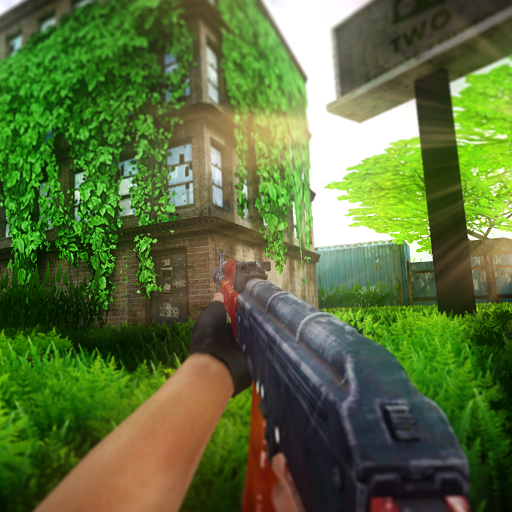In the open-world secondary game genre, there is a plethora of options, and "Hetero-Ring" is a new urban-themed large world game that has garnered a lot of attention. The game features a combat system with various characters that can form teams. So, how do you form a team in Hetero-Ring? Here, we will share a Hetero-Ring team-building tutorial, discussing the team-building strategy and providing examples. Let's take a look!
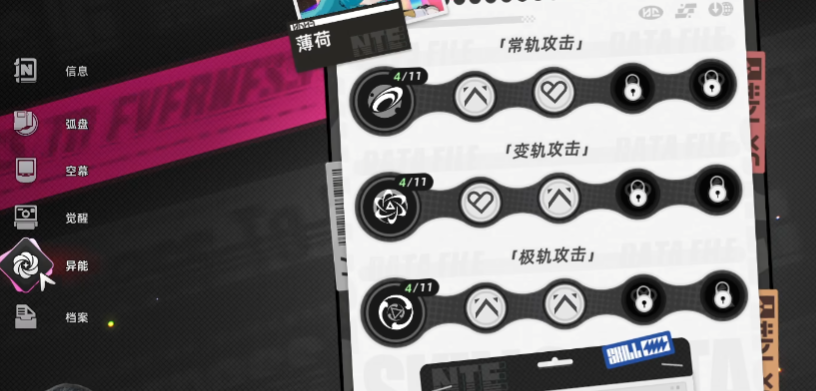
General Logic:
The combat logic in Hetero-Ring is not complex, mainly revolving around the switching between characters and skill chaining. At the start of the battle, support characters provide buff effects, followed by the sub-DPS character, who relies on small skills and ultimate moves for a round of burst damage. During this process, when QTE is triggered, the main DPS takes over, releasing skills to create a new wave of damage. When the main DPS's skills are on cooldown, you can switch back to the second support character, using skill chaining and QTE to create another opportunity for the main DPS to enter the fray. The entire combat process involves cycling between support, sub-DPS, and main DPS to maximize output efficiency.
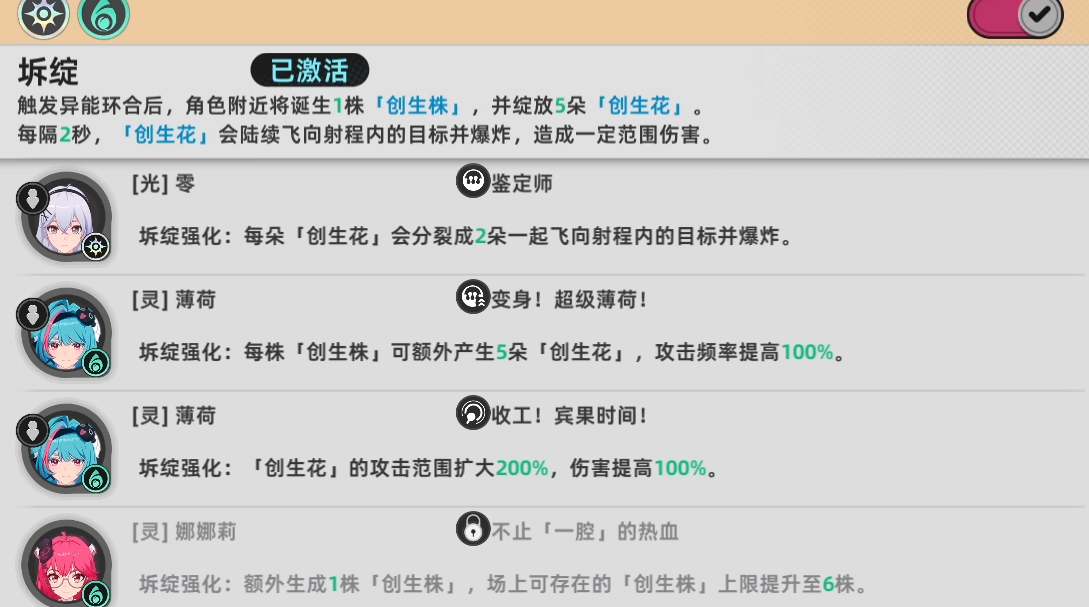
Character Skills:
Character skills are divided into four types: normal attacks (basic attacks), track-changing attacks (small skills), extreme-track attacks (ultimate moves), and entry-track attacks (QTE entry skills). Additionally, each character has two passive skills, which interact with the Hetero-Ring, and it may be possible to unlock a third passive skill in the future. Each character's skill system is unique, and during combat, you need to reasonably match the team based on their characteristics. The team consists of four characters, each taking on the roles of main DPS, sub-DPS, and support. You can check their type tags in the character details interface. The icon above the character's name represents their attribute, and there are six attributes in the game. Different attribute combinations can trigger Hetero-Ring reactions, such as the protagonist being a Light attribute.

Hetero-Ring:
The triggering mechanism of Hetero-Ring is based on the interaction between adjacent attributes. Usually, two adjacent attributes can trigger a ring reaction, and under special circumstances, Light and Dark attributes can also interact with the attributes on both sides. For example, in the sample team, Mint is a Spirit attribute, the protagonist is a Light attribute, and Zao Wu and Adler are Curse attributes. Therefore, three Hetero-Ring reactions can be triggered: the combination of Light and Spirit triggers "Blossom," and the combination of Spirit and Curse triggers "Overlay."

In combat, each character can perform up to three consecutive dodges. After using all three, the dodge icon will enter a cooldown state. The battle interface displays four character avatars, and you can quickly switch characters using number keys. When the cursor at the lower left corner of an avatar flashes, it indicates that the character's ultimate move is ready, and the attribute icon at the lower right corner of the avatar will accumulate energy with attacks. When the circular progress bar is filled, the next character's QTE can be triggered.
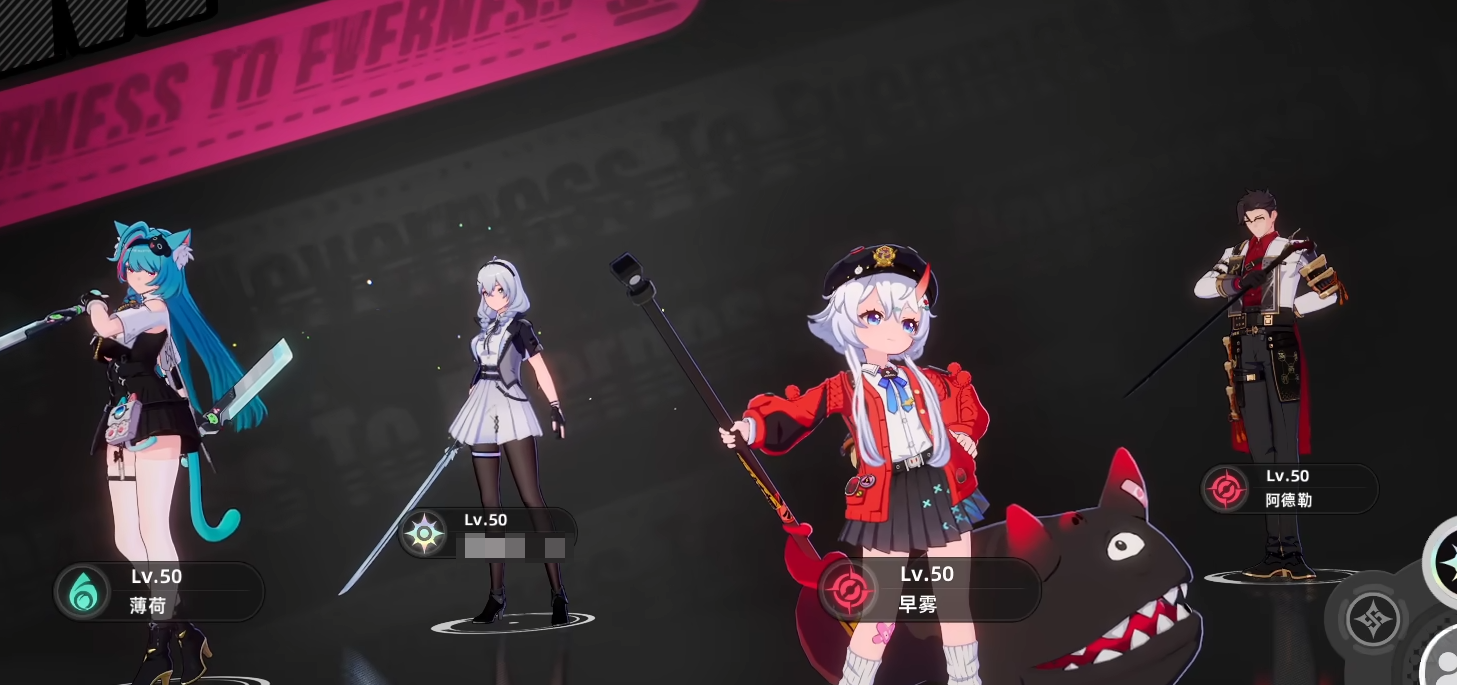
Combination Examples:
Using the Light attribute protagonist as an example, after releasing a small skill, they can trigger a Hetero-Ring with the 1st position character. Since the protagonist is a Light attribute and Mint is a Spirit attribute, the combination triggers the Blossom reaction. When Mint enters the battlefield and triggers QTE, the Blossom reaction immediately takes effect, generating a Creation Plant (the flower of Blossom) on the ground, which automatically attacks enemies. Additionally, after the Blossom triggers the Hetero-Ring, additional Creation Plants will be generated near the character, further enhancing the output. Each character's Blossom mechanism has unique enhancement effects, and after the entry attack, two passive skills can be unlocked, further increasing the power of the Hetero-Ring reaction.
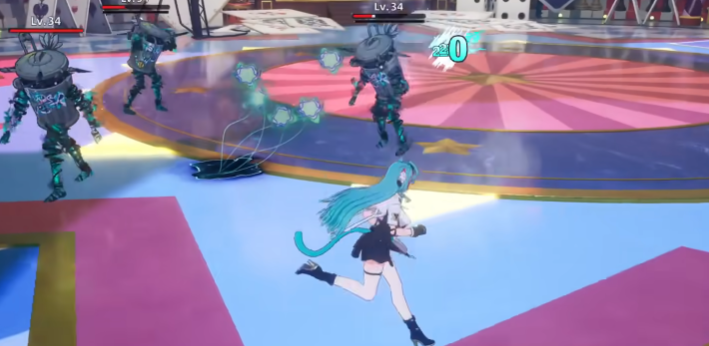
If the team includes Zero and Mint, the Blossom effect can be triple-enhanced. Zero's enhancement causes each Creation Flower to split into two, effectively doubling the number of flowers attacking the enemy, while Mint's enhancement generates five additional Creation Flowers per Creation Plant, doubling the original five to ten. Combined with Zero's splitting effect, the final result is 20 Creation Flowers simultaneously attacking the enemy, significantly increasing sustained damage.
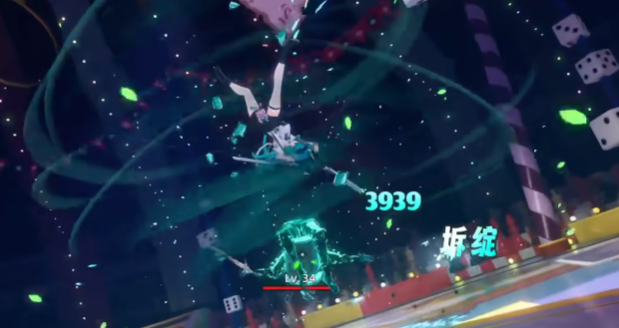
Practical Techniques:
In actual combat, the typical flow is for Zero to first accumulate the Hetero-Ring coefficient, allowing Mint to smoothly trigger the Hetero-Ring. When Mint enters the battlefield, she immediately generates a Creation Plant, and due to the enhancement effect, each plant splits into two, and after the attack, one more is generated, potentially attacking the enemy up to 20 times. The final form of the enhanced Blossom is achieved through continuous layering of attacks by combining characters. When Nana Li (Zero attribute) is added to the team, her enhancement effect can add one more Creation Plant, further enhancing the Blossom effect.
In practice, once the protagonist accumulates enough energy to trigger QTE, switch to Mint, generating two Creation Plants on the ground. If the team only includes Light and Zero attribute characters, the Blossom reaction can be repeatedly triggered, forming up to six Creation Flowers. With all buffs stacked, each Creation Flower can attack the enemy 20 times, totaling 120 attacks, creating a devastating output loop.
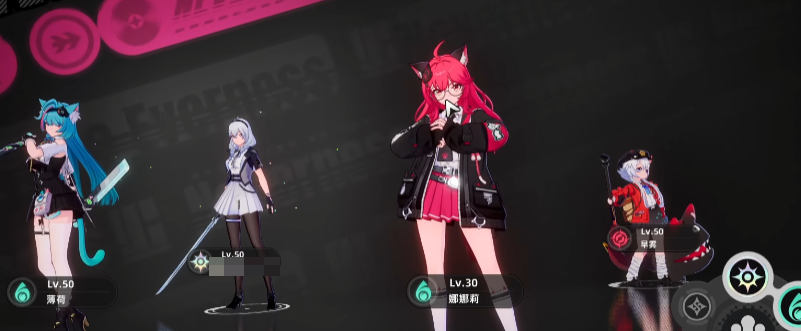
The above is an introduction to team-building in Hetero-Ring. It can be seen that the combat in this game is a common type of role-switching and synergy-based gameplay. The skill effects of different characters vary greatly, and frequent triggering of Hetero-Ring is necessary to deal significant damage. Randomly switching characters will not produce high damage, so it tests the player's skills quite a bit.
